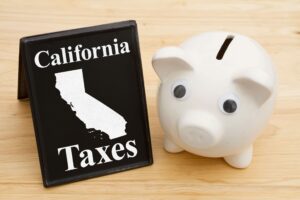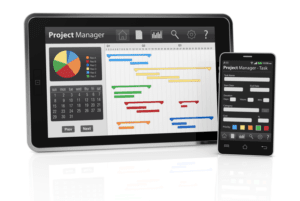
On April 23, 2021, Ayra’s Merchandise received cash in the amount of $400 as payment from one of its customers. Our goal is to deliver the most understandable and comprehensive explanations of financial topics using simple writing complemented by helpful graphics and https://www.bookstime.com/articles/payback-period animation videos.
Information Listed in the Purchases Journal
Ledgers also provide the ability to prepare reports such as balance sheets and cash flow statements which can be used by business owners, managers, and employees for decision-making purposes. This helps give insight into how much profit or loss is being made within a certain time period. Ledgers also provide the ability to enter financial transactions so that they may be posted up into various accounts. The accounting ledger provides users with the ability to keep tabs on their finances. It is broken down into several different accounts that show what assets are, liabilities and equity, revenues/income, and expenses/costs. An accounting ledger is used to prepare a number of reports, such as balance sheets and income statements, and they help keep your small business’s finances in order.

How often should I update my purchases journal?

Sum of all the money owed to a business by their customers is shown here and is termed as Accounts Receivable, Trade purchase ledger Debtors or Sundry Debtors. A ledger is also known as the principal book of accounts and it forms a permanent record of all business transactions. A purchase ledger is used to keep track of all the purchases made by a business. This may include parts, supplies, equipment, and inventory for their products.

What are the Different Types of Ledgers?
- This procedure helps to verify that all the postings have been made correctly.
- We will also delve into common mistakes made while using the ledger and how to avoid them, providing a comprehensive guide for both beginners and seasoned professionals.
- As with most accounting processes for accounts and ledgers, any transactions get recorded in Debits and Credits.
- It’s critical for your business to have a system in place that records all sales and purchases.
- Finance Strategists has an advertising relationship with some of the companies included on this website.
- By organizing and tracking credit purchases from suppliers, businesses can effectively manage their cash flow and vendor relationships.
- Your purchase ledger is going to have an account for each supplier or vendor that you work with.
You should update your purchases journal as often as necessary to reflect the most current information. This may be daily, weekly, or monthly, depending on the type of business you run and the products and services you offer. Therefore, the amount column represents a credit to accounts payable and a debit to purchases at the full invoice price. Other names used for the purchases journal are the purchases book, purchases daybook, and the credit purchases journal.
![]()
By no means are these the only accounts that will show up in the ledger. As a business has an expansive list of accounts, you will need to make as many as required to track all types of transactions. For example, the asset accounts could contain cash in hand, cash in bank, accounts receivable, prepaid expenses, real estate, machinery, inventory, and more. The GL accounts will possess a list of all transactions involving that specific account. These entries will correspond with the company’s journal entries– which record all increases and decreases to accounts. In financial accounting, a company’s main accounting record is its general ledger.
The purchase journal is a book of prime entry and the entries in the journal are not part of the double entry posting. The purchase ledger is a vital component of accounting systems that keeps track of all transactions related to purchases made by a business. It serves as a detailed record of accounts payable, providing insights into the amounts owed to suppliers for goods or services received on credit. A sales ledger includes an account for each customer, the same as a purchase ledger.

- He has worked as an accountant and consultant for more than 25 years and has built financial models for all types of industries.
- All of our content is based on objective analysis, and the opinions are our own.
- This may be daily, weekly, or monthly, depending on the type of business you run and the products and services you offer.
- Use Wafeq – an accounting system to keep track of debits and credits, manage your inventory, payroll, and more.
- These entries will correspond with the company’s journal entries– which record all increases and decreases to accounts.
- Most accounting software will compile some of these ledgers while still letting you view them independently.
- It is a useful metric to segregate all expenses relating to the procurement of goods or services for a company with its vendors or suppliers.
However, it records the money you receive for products and services you sell and what’s still owed. This then gets included in your https://www.instagram.com/bookstime_inc annual accounts and on your balance sheet as accounts receivable. The purchase ledger is part of the accounting department’s database; it is not maintained by the purchasing department. The ledger is useful for segregating into one location a record of the amounts a company spends with its suppliers.
